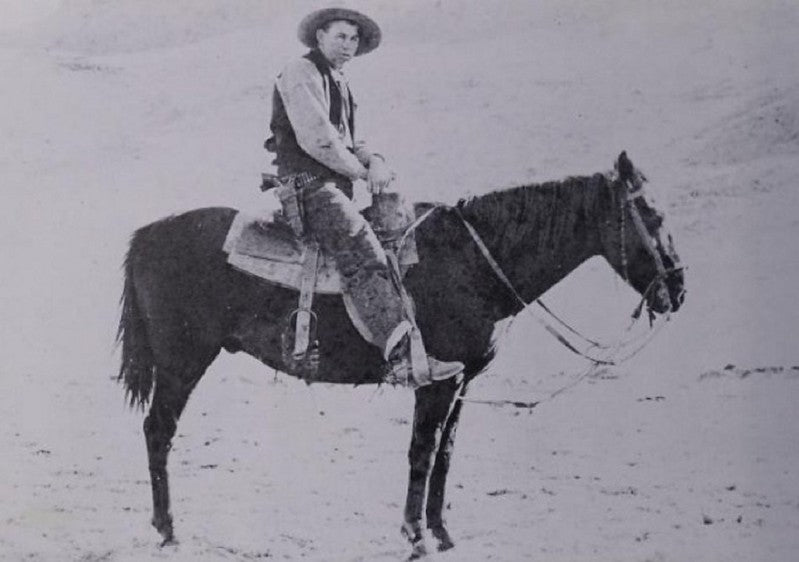

· By Chamoy City Limits
Frontier Cowboy Culture & Mexican Cuisine
The history of frontier cowboy food in Texas combines with Mexican culture is a fascinating tale of culinary fusion and adaptation. As the American frontier expanded westward, the region now known as Texas became a melting pot of cultures, with Mexican influence being particularly significant.

Cowboys, who played a vital role in the cattle industry, relied on hearty and practical meals that incorporated elements from both American and Mexican culinary traditions. Mexican ranching practices and cuisine greatly influenced the development of cowboy food in Texas. Mexican vaqueros, skilled horsemen and cattle handlers, played a crucial role in the early cattle industry in the region. Their expertise in herding and managing livestock was highly regarded, and their culinary traditions left a lasting impact on cowboy cuisine.
One prominent example of this fusion is the traditional Tex-Mex dish known as chili con carne. It originated as a simple Mexican stew made with chunks of meat, chilies, and spices. Cowboys embraced this dish for its simplicity, nourishment, and ability to be prepared in large quantities over an open fire. Over time, cowboys adapted the recipe to include ingredients readily available on the range, such as beans and spices like cumin and oregano. Chili con carne eventually became a staple in cowboy chuckwagon cooking, where it was enjoyed by cowboys during long cattle drives.
Another important culinary contribution from Mexican culture to cowboy food was the introduction of tortillas. The lightweight, versatile flatbread made from corn or wheat provided a convenient way for cowboys to wrap and transport their meals. Tortillas served as the foundation for dishes like burritos, which consisted of ingredients like beans, meat, cheese, and salsa, rolled up for easy consumption while on horseback. Furthermore, Mexican flavors and ingredients like cilantro, lime, cumin, and various chili peppers became integral parts of cowboy cooking. These additions added depth and vibrancy to otherwise simple dishes and brought a unique fusion of flavors to cowboy cuisine.
The interactions between Mexican and American cowboys also facilitated cultural exchange in terms of food. Cowboys often shared meals and cooking techniques, and this cross-pollination led to the integration of Mexican spices, techniques, and ingredients into the broader cowboy food culture in Texas.
In summary, the history of frontier cowboy food in Texas showcases the merging of Mexican and American culinary traditions. Mexican ranching practices, vaquero expertise, and the introduction of Mexican ingredients like tortillas and spices greatly influenced cowboy cuisine. This fusion of flavors and techniques gave birth to dishes like chili con carne and popularized the use of tortillas and Mexican spices in cowboy cooking, creating a unique and flavorful culinary heritage that continues to be celebrated in Texas to this day.
